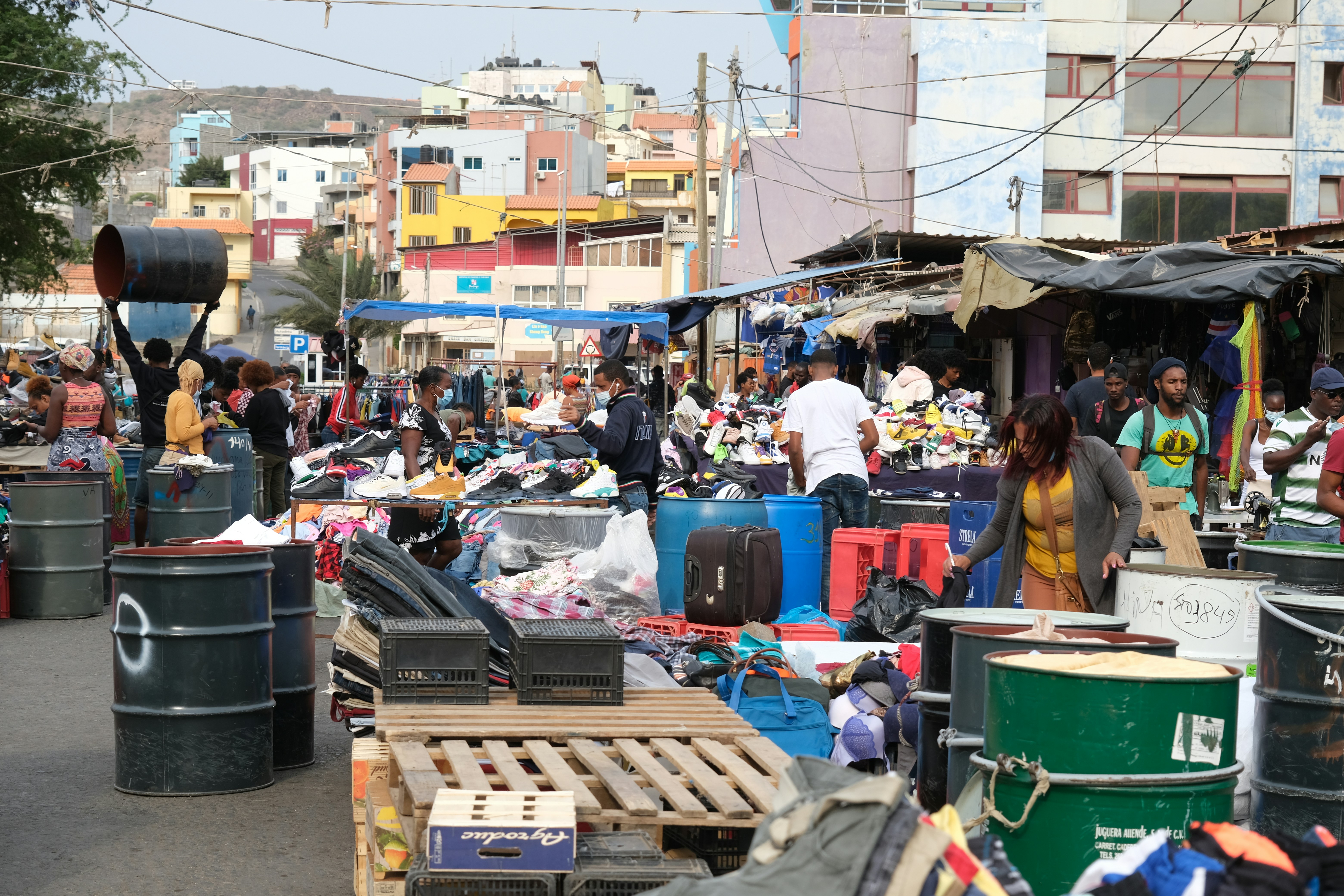By Anna Lexxy Mbucho
Human activity is the primary source of global warming, and it intensifies the issue primarily by releasing greenhouse gases into the atmosphere and other environmental impacts. When coal, oil, and natural gas are burned to provide energy and power for transportation, significant amounts of greenhouse gases (GHGs), including carbon dioxide (CO₂), are emitted into the environment. When forests are destroyed for logging, agriculture, or urban growth, there are fewer trees left in the world that can absorb CO2.
Deforestation also causes the atmosphere to lose carbon that trees have stored. Greenhouse gases are produced by many industrial processes, either directly (by machinery emissions) or indirectly (by energy use). As an illustration, CO2 is released as a byproduct of cement manufacture.
Paddies, synthetic fertilizers, and cattle digestion all emit methane emissions into the atmosphere, which in turn releases nitrous oxide, another powerful greenhouse gas. These activities are linked to global warming. Organic garbage breaks down in landfills to produce methane. Elevated greenhouse gas emissions may result from improper waste management procedures. Carbon dioxide emissions from fossil fuel-powered cars, aircraft, and ships are a major contributing factor. Owing to the volume of international travel and trade, transportation is a significant source of greenhouse emissions.
How may the effects of global warming be lessened? Replace fossil fuels with sustainable energy sources like geothermal, hydro, wind, and solar power. One way to lessen dependency on carbon-intensive energy sources is to invest in renewable energy technologies. Boost the energy efficiency of industries, transportation, and buildings. Energy consumption and greenhouse gas emissions can be decreased by putting energy-efficient practices and technology into place.
How may the effects of global warming be lessened? Replace fossil fuels with sustainable energy sources like geothermal, hydro, wind, and solar power. One way to lessen dependency on carbon-intensive energy sources is to invest in renewable energy technologies. Boost energy efficiency. To improve carbon sequestration and rebuild natural ecosystems, encourage afforestation, planting trees in places that were not previously forested, and reforestation, the planting of trees in deforested regions. Adopt sustainable farming techniques including agroforestry, organic farming, and precision farming. These methods enhance soil health and lower emissions of methane and nitrous oxide of industries, transportation, and buildings. Energy consumption and greenhouse gas emissions can be decreased by putting energy-efficient practices and technology into place.
Cutting down on methane emissions from landfills encourages recycling, composting, and waste-to-energy technology. Reducing environmental effects can be achieved by implementing improved waste management techniques. To encourage the reduction of greenhouse gas emissions, implement carbon pricing mechanisms like carbon taxes or cap-and-trade programs. By increasing the cost of emitting CO2, these strategies encourage companies and individuals to lessen their carbon footprint.
Policies and laws aiming at lowering greenhouse gas emissions can be passed by and enforced by governments. This entails establishing goals for reducing emissions, endorsing renewable energy projects, and controlling emissions from industry. Increase public knowledge of the causes and consequences of global warming. Individual and group action can be sparked by educating the public about sustainable habits and the significance of lowering one’s own carbon footprint.
Invest in the investigation and creation of novel technologies capable of absorbing and storing CO2; they will increase energy economy and lower emissions. Technological advancements can offer fresh approaches to halting global warming. Participate in international initiatives to combat climate change, such as the Paris Agreement, which seeks to restrict the increase in global temperature and promote cooperation among nations in the reduction of emissions. We can lessen the effect of human activity on global warming and work toward a more sustainable future by putting these solutions into practice.

